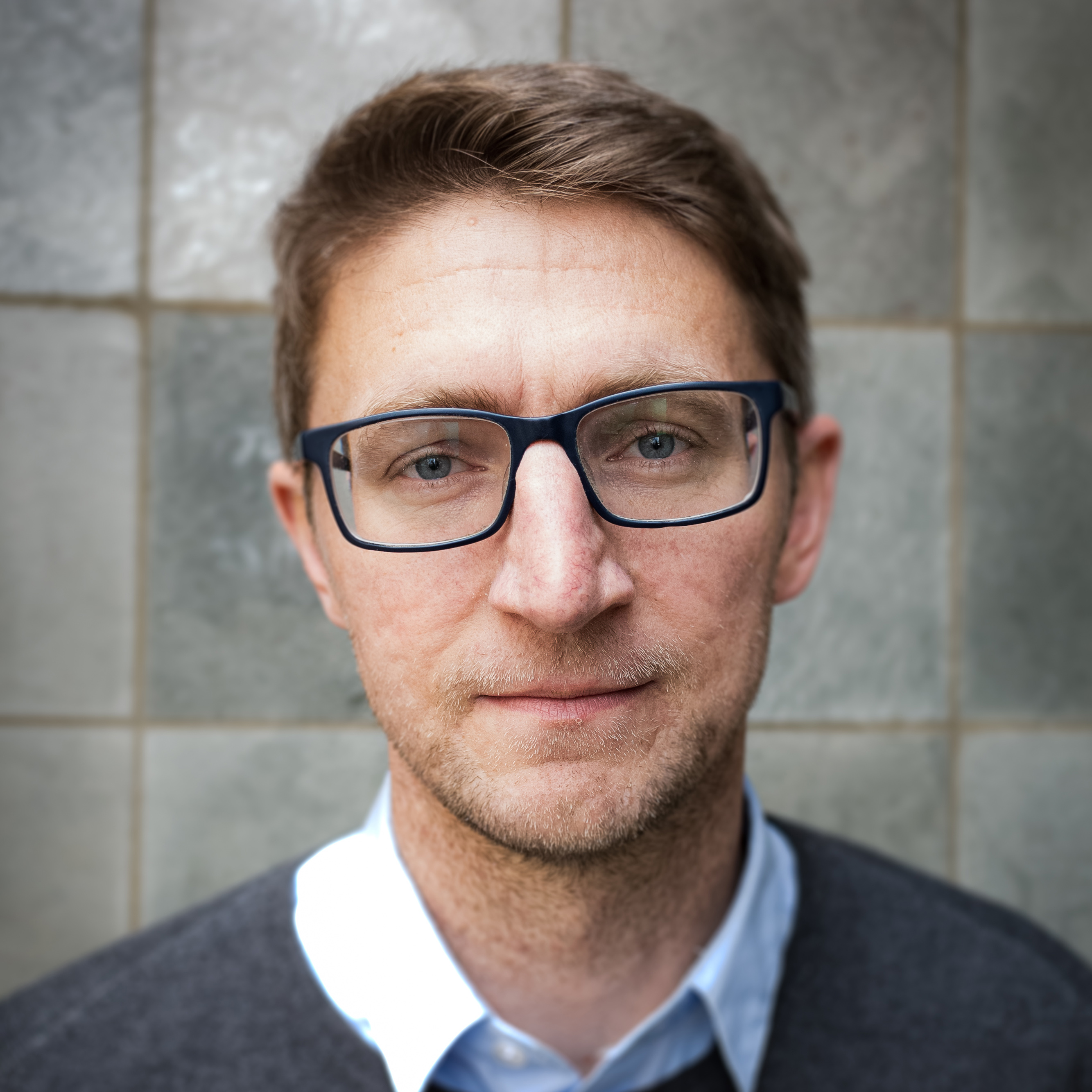Cancellara pipped at Milan-San Remo
"I had lactic acid coming out of my ears"



Another classic, another pyrrhic victory for Fabian Cancellara. The RadioShack-Nissan rider made all the running in the final, frantic kilometres of Milan-San Remo on Saturday, but he comes away from the Riviera laden with compliments rather than prizes after he finished second behind Simon Gerrans (GreenEdge).
Second in Milan-San Remo last year, third in the Tour of Flanders, second in Paris-Roubaix and now second again in La Classicissima, Cancellara’s recent run of classics results has been as frustrating as it has been remarkable. From monument to monument, the sequence of events has seemed to follow a set formula: Cancellara wins the strongest man contest but somebody else rides off with the race itself.
On this occasion it was Vincenzo Nibali (Liquigas-Cannondale) who sparked the winning move when he forged clear on the Poggio with Gerrans for company, but approaching the summit, it was Cancellara who muscled his way to the front and powered the trio down into San Remo.
Such was the intensity of his effort that Gerrans later admitted that he was struggling to keep up as Cancellara accelerated out of the corners that litter the famous descent of the Poggio. Indeed, at times Cancellara seemed to ride as though he were utterly unaware that he had two such high-quality rivals sitting (albeit not always comfortably) on his back wheel.
He eventually waved Gerrans through to take a rather cursory turn on the front in the streets of San Remo, but Cancellara again took up sole responsibility in the final kilometre, fearful of the chase group behind. A Milan-San Remo victor must know how to gamble; perhaps mindful of his weakness in the sprint, Cancellara opted to play the percentages and ensure at least a podium place for his troubles.
“In the end I took the risk,” he said afterwards. “I don’t have eyes in the back of my head. I felt that they were coming behind quickly, so for that reason I said to myself: ‘all in.’
“In the end, I risked it, but I still took a second place at Milan-San Remo, which is of great value. It’s a great race. I wanted to do well today, I had it in mind to try something on the Poggio today and make the difference. In the end I did what I could. The others were on my wheel.
Gerrans gave me two turns. I had to launch the sprint too as they were coming up behind us.”
Get The Leadout Newsletter
The latest race content, interviews, features, reviews and expert buying guides, direct to your inbox!
The chasers included the precocious Peter Sagan, who comfortably took the sprint for fourth place. His presence behind meant that Cancellara could understood why Sagan’s teammate Nibali did not contribute to the lead group’s efforts.
“I spoke with Vincenzo. He said it was clear that he couldn’t pull as he had Sagan behind. I knew that in theory Vincenzo and Gerrans are quicker than me, but after 300km things can be different, so I gave my all.”
Ultimately, however, there was an almost disarming familiarity about the way Gerrans came around Cancellara, and one was reminded of his defeat in Flanders last season. Cancellara admitted that he was running close to empty by the time he reached the Lungomare Italo Calvino.
“I had lactic acid coming out my ears too,” he said with a rueful smile. “If you go from the top of the Poggio to the finish full on, it’s clear that at the end the gas runs out.”
Turning to the cobbles
Cancellara has had more practice in the role of gracious classics runner-up than he could ever have wished for in recent times, and he did his best to put a positive spin on what must have been a bitterly disappointing afternoon. Moral victors have been the subject of some of the richest chapters of cycling lore, but the record books do not note their achievements.
“In the end I’m still going home from Italy with some nice things in my pocket. I won Strade Bianche and the time trial at Tirreno,” Cancellara pointed out, and he now turns his attentions to the northern classics, where his rear wheel will be both a precious commodity and feared sight.
“The second place today will give me a lot of satisfaction and morale and the certainty that I’m going well. That gives me confidence for what is to come.”
Throughout its history, the vanquished at Milan-San Remo have called for additional climbs to be added to the route, and Cancellara wryly joined the chorus as he pondered what might have been.
“It would have been better if there had been another climb,” he said. “The race was fast but in the end it wasn’t hard as there wasn’t a lot of intensity. Everybody knew 300km was a lot, and everybody wanted their legs for the end. I hope that the northern classics will be a little bit more intense so I can make the difference a little bit more.”

Thank you for reading 5 articles in the past 30 days*
Join now for unlimited access
Enjoy your first month for just £1 / $1 / €1
*Read any 5 articles for free in each 30-day period, this automatically resets
After your trial you will be billed £4.99 $7.99 €5.99 per month, cancel anytime. Or sign up for one year for just £49 $79 €59

Join now for unlimited access
Try your first month for just £1 / $1 / €1

Barry Ryan is Head of Features at Cyclingnews. He has covered professional cycling since 2010, reporting from the Tour de France, Giro d’Italia and events from Argentina to Japan. His writing has appeared in The Independent, Procycling and Cycling Plus. He is the author of The Ascent: Sean Kelly, Stephen Roche and the Rise of Irish Cycling’s Golden Generation, published by Gill Books.